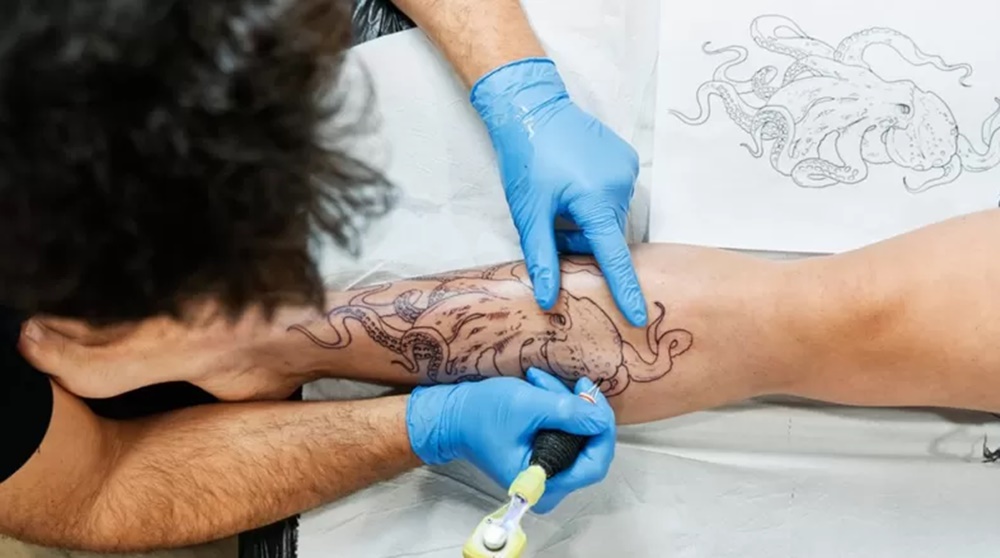What is the most painful place on the body to get a tattoo?
British science and biology teacher Natalie Wilsher has a tattoo of Albert Einstein on her arm.

She has others on her feet, wrists, and ankles.
Of all the tattoos she has gotten, the most painful were the ones on her instep and ankles.
“Pain is a way for the body to protect itself, and the nerves are responsible for detecting pain,” explains the teacher on the BBC’s “Teach me a lesson” podcast.
“It will be more painful to get a tattoo where there is less fat and more nerves,” she details in conversation with presenters Bella Mackie and Greg James.
In addition to the feet and ankles, the shins, armpits, shoulders and rib cage add to the list of sensitive areas, says Wilsher, although it all depends on the sensitivity of each person.
“The nerves of the area that is being punctured when a tattoo is made send the pain signal to the brain,” explains the professor.
However, one person’s reaction to the process of getting a tattoo may not necessarily be comparable to another’s.
“The pain tolerance threshold is completely different from person to person,” she adds.
The first tattoo
The oldest known tattoo was found on Ötzi, also called the Iceman, a mummy that was discovered in a remote region of the Italian Alps in 1991, and remained frozen for more than 5,000 years.
“Ötzi’s tattoos were very small, very inconspicuous. They were dots and dashes. Anthropologists think they were a form of acupuncture for medicinal purposes,” says Wilsher.
The teacher wonders how they healed the wounds caused by ripping the skin and she assumes that they took months to heal.
“It’s amazing that during that time, between the stone age and the metal age, they were able to do those tattoos without getting sick. It’s amazing that they had that knowledge,” she adds.
Over time, tattoos became a resource for everyone to tell their own story.
“Mythology says that Captain James Cook, at the end of the 18th century, met many people with different tattoos on his voyages in the Pacific. 90% of his crew got tattoos as a way to mark the route of their voyage”, explains the high school teacher.
British naval soldiers inherited that tradition and began getting tattoos of their voyages, using urine and gunpowder, with a preparation that used to be called nautical ink, says Wilsher.
In the late 19th century, the tattoo machine was actually based on Thomas Eddison’s printer.
“It was created in 1875, and hasn’t changed much since then. It still pricks the skin 50 to 3,000 times a minute.”
The largest organ in the body
The skin is the largest organ of the body, it is equivalent to 50% of the body weight, and the most superficial layer is renewed every 28 days. Why doesn’t the ink fade when we shed that skin?
Professor Wilsher reminds that the skin has three main layers: the epidermis on the surface; the dermis in the center, where the blood vessels, sweat glands, follicles and nerves are found; and the deepest part which is the hypodermis, the oily layer of the skin.
“The tattoo ink is injected into the dermis, where the nerves responsible for pain are located. Tattoos do not fall off because the middle layer of the skin is protected by the epidermis,” she explains.
Wilsher noted that when the ink is injected into the dermis, “your body says, ‘Wow, I’ve got a wound.’ And it sends macrophages, white blood cells, into that area that are trying to gobble up the ink and then send it out into the bloodstream.”
However, it’s too much ink for the macrophages to remove, so it just gets stuck there. “That’s why we can see them through the epidermis,” she adds.
Huawei Freebuds Pro 2 vs. Apple AirPods Pro / Which is better?



